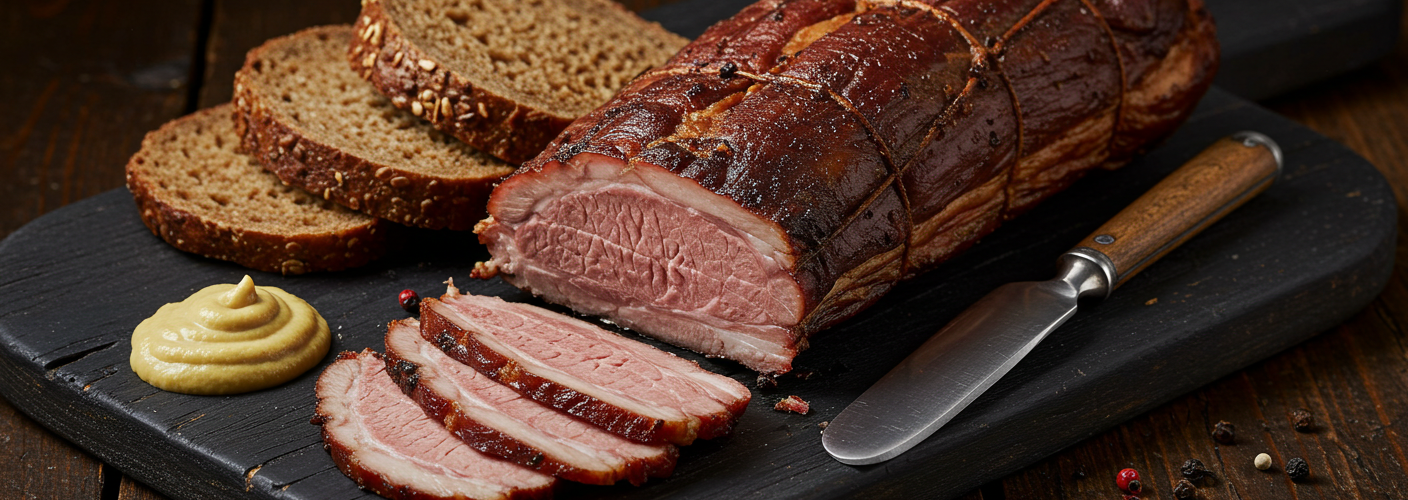When it comes to traditional Icelandic cuisine, few dishes evoke as much admiration as hangikjot, or smoked lamb. A cherished staple in Icelandic households, this iconic dish is more than just a meal; it is a rich blend of history, culture, and culinary expertise that has been passed down through generations. Whether you’re a seasoned cook or someone looking to expand your palate, understanding the nuances of hangikjot can elevate your appreciation for this unique dish.
A Culinary Tradition
The origins of hangikjot can be traced back to the days of early Icelandic settlers, who relied heavily on lamb farming due to the harsh weather conditions that made farming challenging. Smoked lamb became an essential food resource, providing sustenance during long winters. The word “hangikjot” derives from “hangik,” which means “to hang,” referring to the traditional method of curing and smoking the meat.
The lamb is typically hung in a cool, airy space and subjected to cold smoking, which infuses the meat with a distinctive flavor. This traditional process not only preserves the meat but also enhances its taste, making it smoky and tender. The age-old techniques used in preparing hangikjot speak to the ingenuity and resourcefulness of Icelandic culture, showcasing a deep respect for the land and its resources.
The Flavors of Hangikjot
Hangikjot is characterized by its rich, smoky flavor, which is further complemented by its tenderness. The preparation often involves seasoning the lamb with salt and herbs before the smoking process, allowing the flavors to meld beautifully. When cooked, it can be served in various ways, including sliced thinly for sandwiches, or as a part of a larger meal, typically accompanied by potatoes, vegetables, or even traditional Icelandic flatbread.
One of the joys of hangikjot is its versatility. It can be enjoyed hot or cold, making it suitable for multiple occasions, whether you’re serving a festive meal or a casual get-together. Many Icelanders embrace hangikjot as a centerpiece during holiday celebrations, especially at Christmas, where it is often served alongside other traditional fares.
Preparing Hangikjot at Home
For those looking to try their hand at creating their own hangikjot, the process begins with selecting high-quality lamb. Ideally, you should look for bone-in cuts which retain moisture and flavor during cooking. The key to great hangikjot lies in the smoking; while traditional methods employ birch and other local woods, you can experiment with different types of wood chips based on your preferred flavor profile.
After smoking the lamb, let it rest before slicing to ensure that the juices redistribute, enhancing the overall tenderness. Whether enjoyed as part of a more elaborate dish or on its own, hangikjot promises to deliver a unique taste of Icelandic tradition right to your table.
Conclusion
In a world where culinary experiences often center on fast and convenient options, hangikjot stands out as a testament to the art of slow cooking and the importance of tradition. Whether you’re visiting Iceland or looking to bring a taste of this culture into your home, smoked lamb is an enduring symbol of resilience, flavor, and heritage. So gather your ingredients, invite your friends, and enjoy this delightful dish that continues to warm hearts and bellies across generations.




Add comment